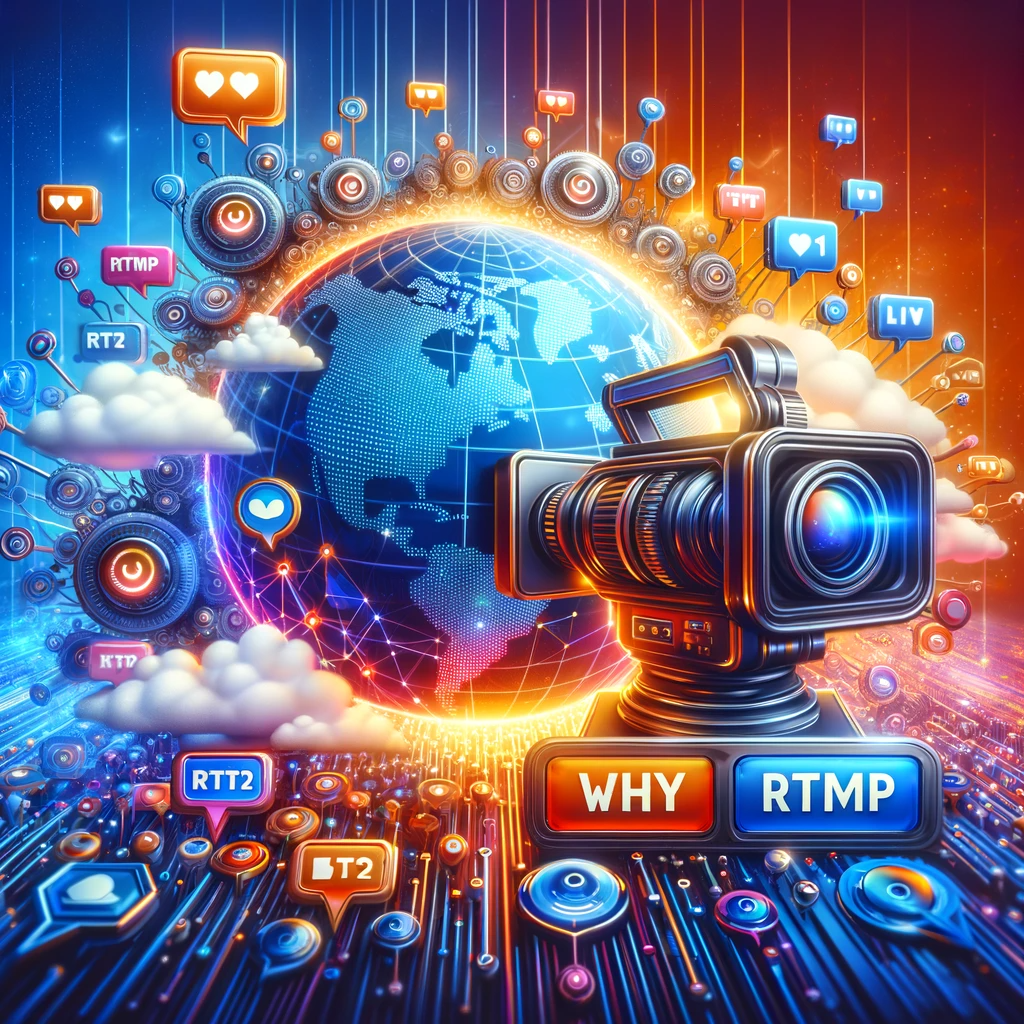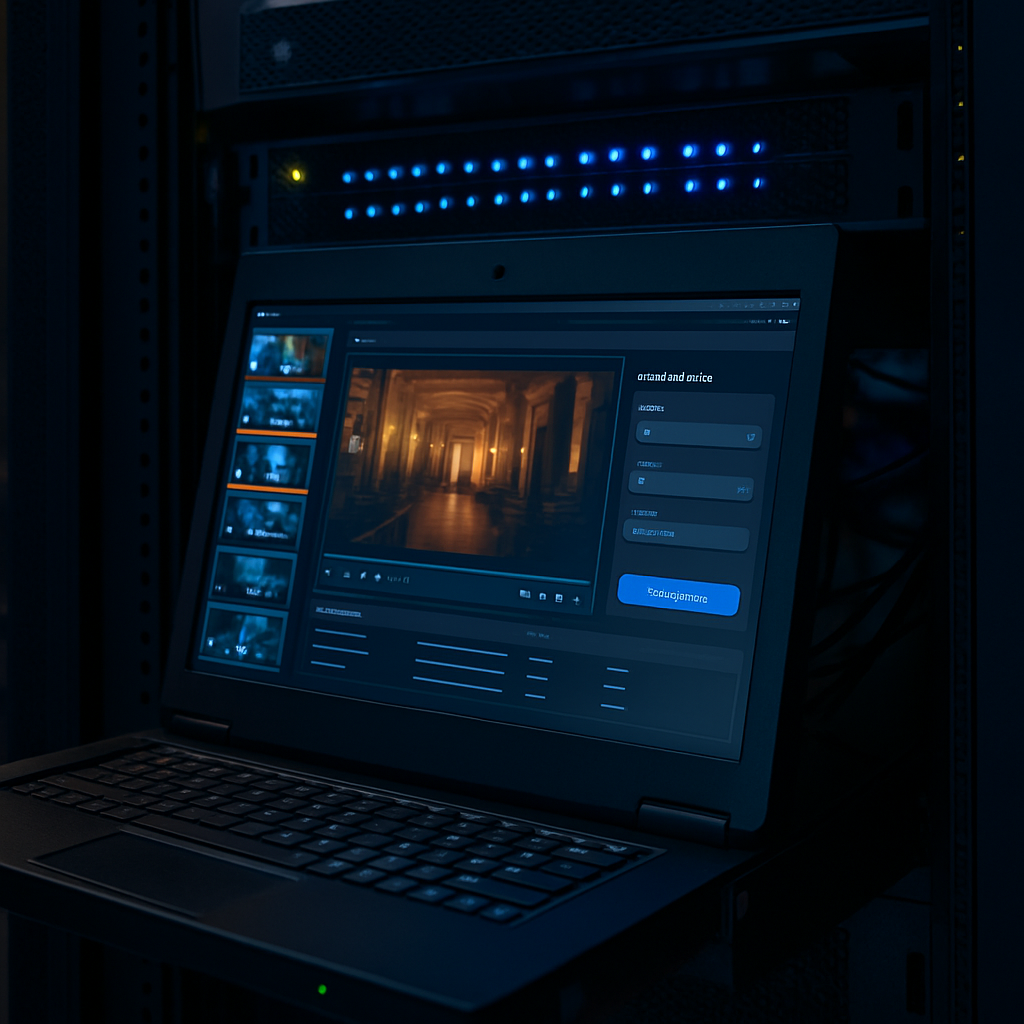In the digital era, live streaming has emerged as a revolutionary tool, transforming the way we communicate, share, and experience content. From corporate webinars to social media broadcasts, live streaming has become indispensable. At the heart of this live streaming revolution lies the Real-Time Messaging Protocol (RTMP), a technology that has stood the test of time and technological evolution. This article delves into the significance of live streaming and why RTMP remains the preferred method for broadcasters around the world.
The Power of Live Streaming
Live streaming offers an immediacy and authenticity that pre-recorded videos cannot match. It allows for real-time interaction, building a more personal connection with the audience. This immediacy is vital in various contexts:
- Events and Entertainment: Musicians, artists, and event organizers use live streaming to reach global audiences, making location a non-issue.
- Education and Training: Educational institutions and trainers leverage live streaming for webinars, lectures, and interactive sessions, transcending geographical barriers.
- Marketing and Branding: Brands use live streaming for product launches, Q&A sessions, and behind-the-scenes glimpses, enhancing customer engagement.
- News and Information: News outlets stream live to provide immediate news and updates, crucial in a world where timely information is paramount.
Why RTMP Stands Out
While there are several protocols for live streaming, RTMP remains a top choice for many reasons:
Low Latency
RTMP’s low latency is crucial for interactive sessions like Q&As, gaming, or any live event where audience engagement is key. It ensures a near-synchronous experience, vital for maintaining the flow of communication.
Broad Compatibility
RTMP is widely supported across various streaming platforms and software. This universality means creators and broadcasters can reach a larger audience without worrying about compatibility issues.
High Quality
RTMP maintains high-quality video and audio streams, which is essential for professional broadcasting. It supports multiple bitrates, allowing for adaptive streaming based on the viewer’s internet speed.
Reliability
RTMP is known for its stable and reliable connections, minimizing the risk of stream interruptions. This reliability is crucial for maintaining professional standards in broadcasting.
Easy to Use
For broadcasters, setting up an RTMP stream is relatively straightforward with the right tools. Many streaming software options offer simple RTMP configuration, lowering the barrier to entry for new streamers.
The Future of RTMP
Despite the emergence of newer protocols like HLS and MPEG-DASH, RTMP remains relevant. Its low latency and reliability make it the go-to choice for live stream ingestion before repackaging into other formats for delivery. Additionally, with the rise of interactive online events and e-sports, RTMP’s importance is only set to increase.
Conclusion
Live streaming has redefined the landscape of digital communication, and RTMP has been a significant contributor to this change. Its blend of low latency, high quality, and broad compatibility makes it an ideal choice for anyone looking to engage an audience in real-time. Whether you’re a seasoned broadcaster or just starting, understanding and utilizing the power of RTMP can elevate your live streaming experience.




